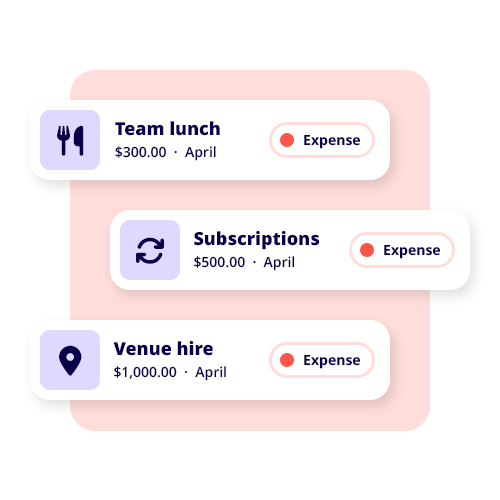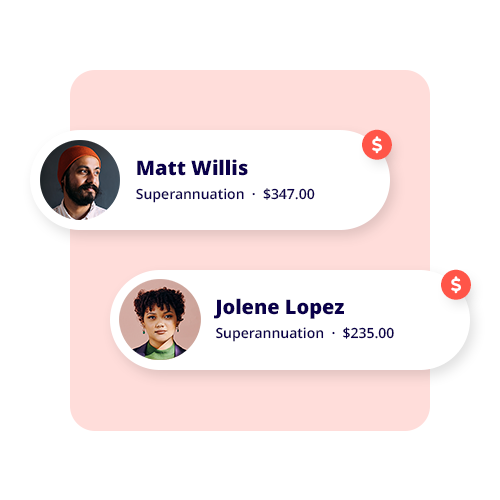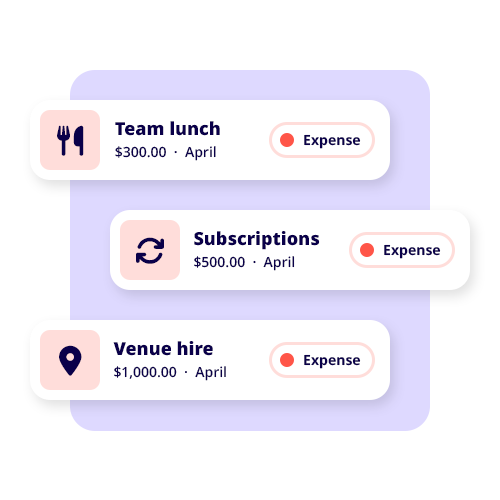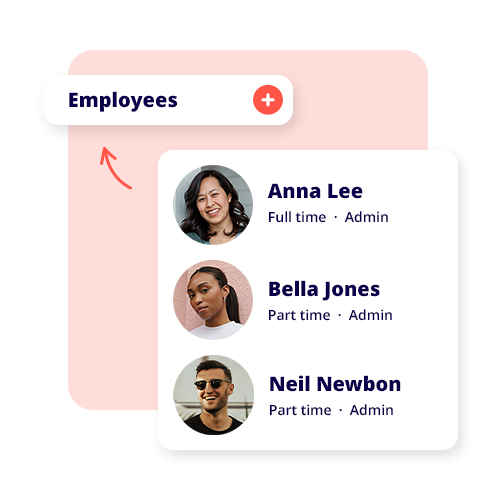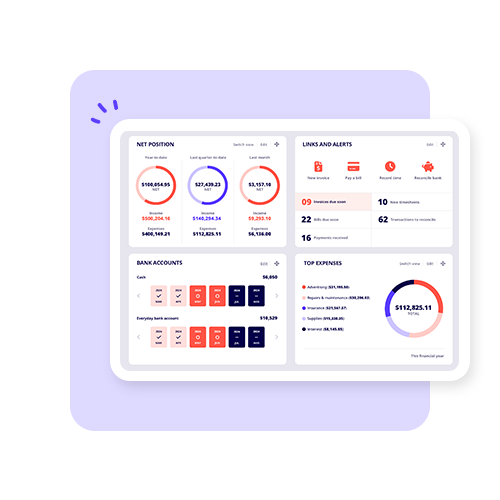Turnover is simply the total amount of money your business receives from selling products and/or services over a given period of time.
It can mean a few different things, but largely turnover is an essential financial metric because it measures whether or not your company can generate revenue and sustain operations. Business turnover can be used interchangeably with sales revenue, as it represents your company’s total sales before deducting any expenses.
Annual turnover and sales turnover
Annual turnover is the total sales your business generates over a financial year. It’s a way to get clear insights into your company’s overall financial health and performance. Sales turnover specifically refers to the total revenue generated from selling goods and services within a set period (i.e. quarter or year).
Let’s say your business sells 5,000 products at $50 each within a year. In this scenario, your annual turnover would be 5,000 x $50 = $250,000.
Turnover vs profit
Turnover is not the same as profit. While turnover is all your business’s money from sales, gross profit is calculated by subtracting the cost of goods sold (COGS) from turnover. Net profit is the amount that’s left over after deducting all your operating expenses, taxes and other costs.
Here’s an example to help illustrate things:
- Annual turnover: $500,000
- Cost of goods sold: $200,000
- Gross profit: $500,000 – $200,000 = $300,000
- Operating expenses and other costs: $150,000
- Net profit: $300,000 – $150,000 = $150,000
Different types of turnover in business
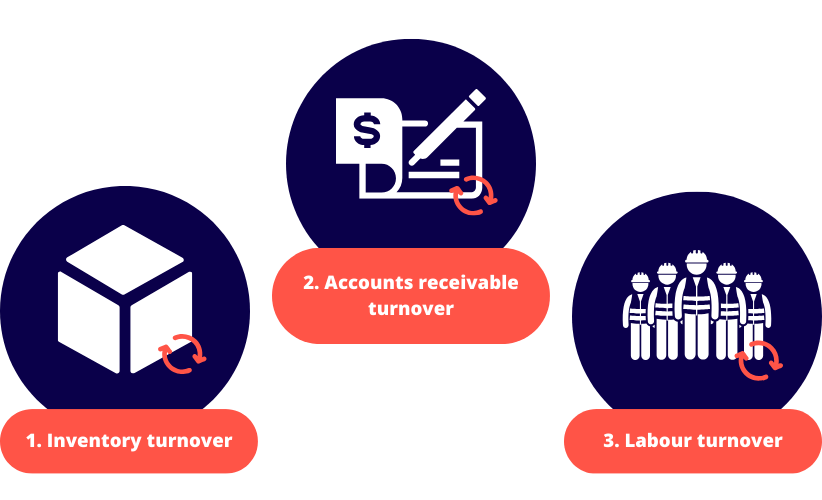
Turnover can apply to many different aspects of running your business – not just sales. Some of the most common turnover ratios you’ll run into as a small business owner include the following.
1. Inventory turnover
Inventory turnover measures how quickly your business sells and replaces certain inventory over a given period. You can calculate it using the following formula:
Inventory turnover = Cost of goods sold / Average inventory
A high turnover means you’ve got strong sales, while a low turnover suggests you might be overstocking or have weak demand.
2. Accounts receivable turnover
The receivable turnover ratio determines how well your company can collect customer payments. It’s calculated as:
Accounts receivable turnover = Net credit sales / Average accounts receivable
Businesses with a high turnover rate in accounts receivable are collecting payments quickly, whereas a low rate probably means you’re having delays in receiving payments.
3. Labour turnover
Employee turnover, also called labour turnover, measures how often employees leave your company, which can then influence your management style or how you adjust your company culture. You can calculate it as follows:
Labour turnover rate = (Number of employees who left / Average number of employees) x 100
A high employee turnover rate probably means poor workplace conditions, while a stable workforce translates to strong employee retention.
Why turnover matters for business owners
For business owners, knowing about all the types of turnovers – and the formulas for calculating turnover – can help when you need to measure a financial ratio, forecast future growth or make smarter decisions around pricing and inventory management. Turnover ratios will help you see how well your business manages resources and whether any adjustments need to be made to boost profitability.
Turnover is a helpful metric beyond gross revenue, as it can influence your profitability and overall business health. Use it regularly to monitor and optimise your business practices for more sustainable growth.
See related terms
What is profit?
What is net profit?
What is gross profit?


















